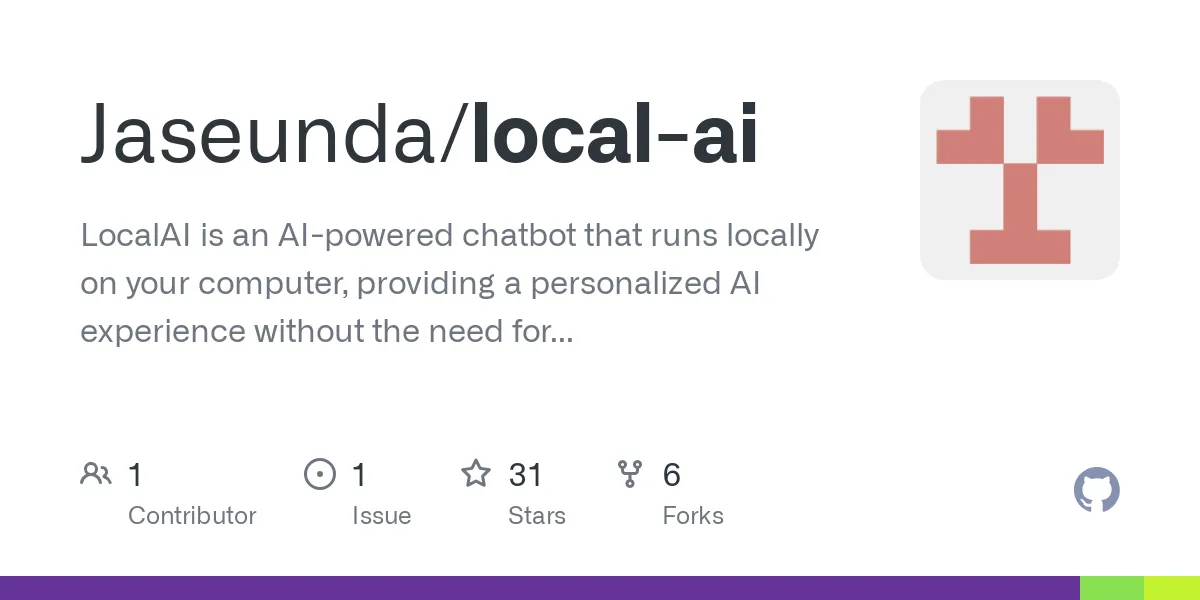In an age where technology promises to revolutionize our daily lives, the recent shutdown of Moxie, a therapy robot designed to support neurodivergent children, sheds light on a critical issue: reliance on cloud-based systems. While Moxie captivated many with its ability to engage and educate, its dependence on external servers ultimately rendered it useless when the company behind it closed its doors. This cautionary tale emphasizes the importance of local AI solutions, which could ensure that future robotic companions maintain their functionality, irrespective of corporate fortunes and internet connectivity. As we forge ahead into an era increasingly populated by robots, understanding these risks is essential.
The Promise of Therapy Robots
Moxie was designed to bridge the gap between technology and emotional support, targeting neurodivergent children and their families. By offering companionship and aiding in educational development, Moxie showcased the potential of therapy robots in enhancing the learning experience. The concept of having a robot that can engage with children in a meaningful way is groundbreaking, and for many parents, Moxie represented hope for a new approach to education and emotional growth.
However, while Moxie garnered positive reviews for its interactive capabilities, the real question remains about its long-term effectiveness. Critics argue that the efficacy of therapy robots is still unproven, and the reliance on cloud technology raises concerns regarding sustainability. As we explore the future of educational technology, it is vital to critically assess both the benefits and limitations of robotic interventions, ensuring they genuinely serve children’s needs.
Cloud Dependency: A Double-Edged Sword
Moxie’s reliance on cloud servers illuminates a significant flaw in many modern robotic systems: the need for constant internet connectivity. While cloud computing allows for advanced processing and updates, it also creates a precarious situation where the robot becomes useless if the servers shut down. This dependency raises questions about the viability of such technology in the long term and whether companies should prioritize self-sufficiency in their designs.
Moreover, cloud dependency not only affects the robot’s functionality but also the emotional bond formed between the child and the device. When Moxie was rendered inoperative, families faced the emotional fallout of explaining the absence of their child’s companion. This scenario highlights the necessity for manufacturers to consider the implications of their technology on users, particularly vulnerable populations such as children.
The Financial Risks of Innovative Startups
The closure of Embodied, the company behind Moxie, is a stark reminder of the financial instability that often accompanies tech startups. Despite promising innovations, many of these companies struggle to secure funding, which can ultimately lead to their demise. The failed funding round that led to Moxie’s shutdown reflects a broader trend in the tech industry, where the pressure to innovate often overshadows the importance of sustainable business practices.
Investors are often drawn to the allure of groundbreaking technology, yet they must be cautious about the inherent risks. The loss of Moxie not only affected its users but also underlined a critical need for better financial planning and support for startups that aim to improve the quality of life through technology. It’s essential for stakeholders to recognize the importance of backing ventures that prioritize long-term viability over short-term gains.
The Need for Autonomous Robotics
As we advance into an era of local AI, the limitations of cloud-dependent robots like Moxie become increasingly apparent. Autonomous robotics equipped with local processing capabilities can function independently of internet services, thus offering a more reliable solution for users. This shift towards autonomy could revolutionize how we perceive and interact with robotic systems, allowing for greater flexibility and resilience in their design.
Investing in robots that can think independently not only enhances user experience but also mitigates the risks associated with cloud dependency. By leveraging open-source models and specialized AI chips, future robotic systems can maintain functionality even when disconnected from the internet. This evolution in technology could pave the way for more reliable and emotionally supportive robots, ensuring that families receive consistent and dependable assistance.
Open-Source Solutions for Legacy Robots
The potential for open-source projects to revitalize defunct robots like Moxie offers a glimmer of hope for users left stranded by the shutdown. With a community-driven approach, developers can create alternative software that allows these robots to regain some of their lost functionalities. This collaborative effort not only extends the life of existing technology but also empowers users to take control of their devices.
Such initiatives can foster innovation and resilience within the robotics community. By sharing knowledge and resources, users and developers can work together to breathe new life into technologies that may otherwise be discarded. The Moxie case serves as a reminder that with creativity and collaboration, we can find solutions to overcome the challenges faced by internet-dependent devices in a rapidly evolving technological landscape.
Looking Ahead: The Future of Robotics
As we contemplate the future of robotics, the story of Moxie serves as a pivotal learning moment. It emphasizes the importance of building resilient systems that prioritize autonomy and sustainability. The shift towards local AI not only enhances the functionality of robots but also aligns with broader societal needs for reliable and emotionally intelligent machines.
The potential of robotics extends beyond mere functionality; it encompasses the ability to connect with users on a deeper level. As we move forward, it is crucial for developers to integrate emotional intelligence and user independence into robotic designs. By doing so, the next generation of robots can fulfill their promise of being companions and educators, rather than becoming obsolete relics of technological overreach.
Frequently Asked Questions
What happened to Moxie, the therapy robot?
Moxie became obsolete when its parent company, Embodied, shut down due to financial issues, rendering the robot useless as it relied on cloud servers for its functionality.
Why is local AI considered more reliable than cloud-dependent robots?
Local AI systems operate independently of internet connectivity, reducing risks of obsolescence or malfunction if the cloud service provider shuts down, as seen with Moxie.
What are the main functions of Moxie as a therapy robot?
Moxie was designed to assist neurodivergent children by providing companionship and helping them achieve educational goals through interactive engagement and emotional support.
How did Moxie’s reliance on the cloud affect its users?
Users faced disappointment and confusion when Moxie became inoperable due to the shutdown, leaving parents to explain the robot’s failure to their children.
What should potential buyers consider before purchasing internet-dependent robots?
Buyers should evaluate the long-term viability of the company and the risks associated with cloud dependency, opting instead for robots with local processing capabilities.
Can defunct Moxie robots be salvaged or repurposed?
There is potential for open-source projects to restore some functionalities to Moxie robots, allowing them to operate on local computers, but success is uncertain.
What are the implications of Moxie’s story for future AI development?
Moxie’s closure highlights the need for robust local AI solutions that can operate independently, prompting a shift toward self-sufficient robotic systems in future designs.
| Key Point | Details |
|---|---|
| Moxie Overview | Moxie is a therapy robot designed to assist neurodivergent children. |
| Dependency on Cloud Servers | Moxie’s functionality relies on cloud servers, making it vulnerable if those servers go down. |
| Shutdown of Embodied | Embodied, the company behind Moxie, shut down in December 2024 due to funding issues. |
| Impact on Users | Parents are left with non-functional robots and emotional distress for their children. |
| Local AI as a Solution | Emerging local AI technologies could allow robots to function independently without cloud reliance. |
| Cautionary Tale | Moxie’s story highlights the risks of internet-dependent devices and the need for self-sufficient AI. |
Summary
Local AI is becoming increasingly vital as showcased by the tragic case of Moxie, a therapy robot that lost its functionality due to cloud dependency. This situation underscores the importance of investing in technology that can operate independently, ensuring that users are not left in distress when services shut down. As we move forward, embracing local AI solutions can prevent similar dilemmas and foster a more reliable future for robotic assistance.










